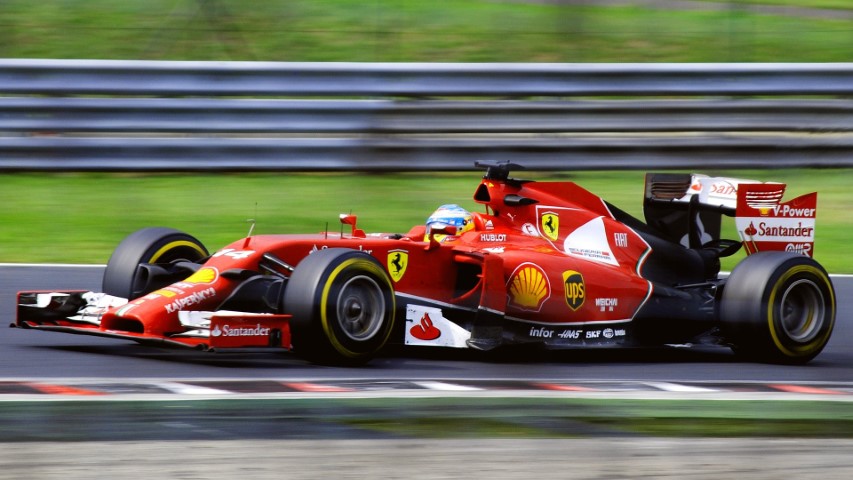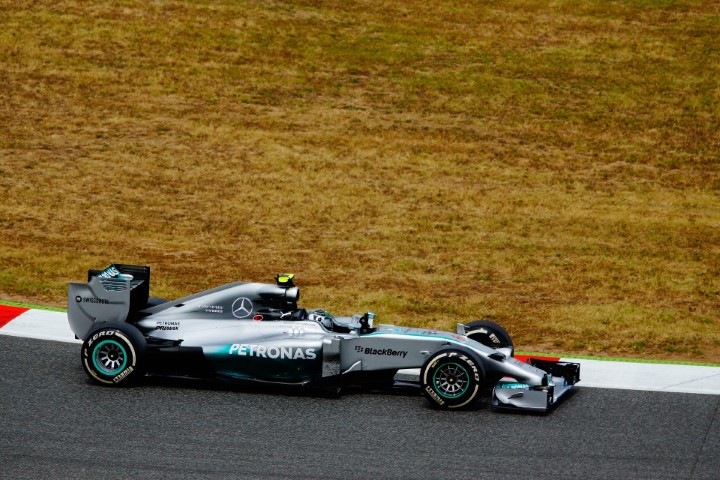 The electric racing series Formula E has significantly increased in popularity since its first race in 2014. In 2022, the cumulative audience number rose to a whopping 381 million, which was an increase of 20% from the previous year.
The electric racing series Formula E has significantly increased in popularity since its first race in 2014. In 2022, the cumulative audience number rose to a whopping 381 million, which was an increase of 20% from the previous year.
The idea of creating a sport that is net zero on carbon emissions means changes are necessary in order to keep it exciting to watch and keep well-balanced on the track. Here we’ll delve into some of these changes and how Formula E has helped to develop the electric vehicle market.
Improved battery capabilities
Electric vehicles have seen a lot of positive progression since their first unveiling, both on and off the racetrack. Way back in the first year of Formula E, the first generation vehicles had to hit a power output of 200kW to be able to reach 225km/h.
Now if we compare this with the third generation, the fastest and most powerful yet, the difference is drastic – even when compared with the second generation. The power output has increased from 150kW to a total of 350kW. In addition to that, speeds as fast as 322km/h can be achieved. However, it’s maximum regeneration that has seen the biggest improvement over the years, increasing by 500%.
Because of these advancements, the capabilities of ordinary cars on the road have greatly improved. For example, the Nissan Leaf now has three times better battery capacity and range as a result of on-track analysis. Similarly, the MG4 has two battery options and can last up to 281 miles on a single charge.
Improved rate of charging
Because of these improvements in batteries, the power and speed of cars have increased, and this has had an effect on races. The most notable change from this has been the removal of the need to change cars mid-race.
Up until the 2018 season, different cars were required to be able to complete a race. This isn’t the case any more and improvements are continuously being made. More recently, new hardware was announced that would allow for faster charging of vehicles. This could see pitstops make a comeback for charging during the qualifying and race periods.
Should the technology be able to rapidly charge vehicles for racing, there’s no reason why it couldn’t be applied to commercially available electric vehicles to make charging more efficient.
Increased uptake of electric vehicles
As Formula E demonstrates how far the electric vehicle sector has come, including new technology, it gets consumers interested and engaged. Seeing constant success in action is the best way to encourage potential electric car drivers to make the switch and is a great way of showcasing what to expect in the future.










